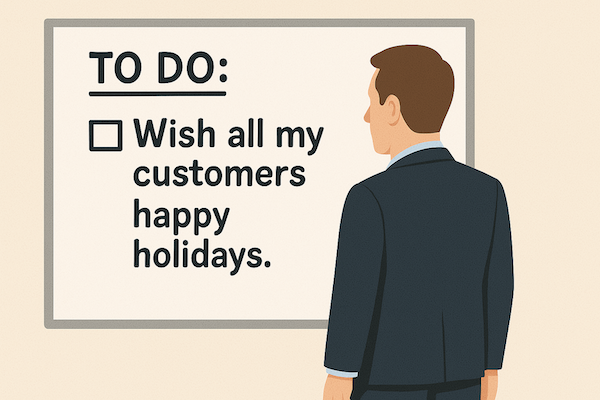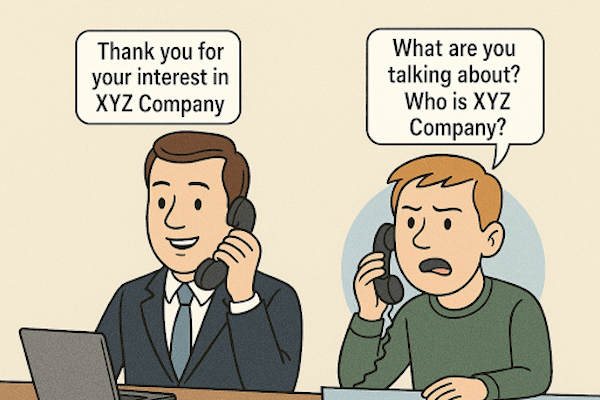The Great Debate: Inbound or Outbound Sales Model - Choosing the Right Strategy for Sales Growth
.png)

Understanding the Inbound and Outbound Sales Model
In today's competitive business landscape, understanding the different sales models is crucial for maximizing sales growth and revenue optimization. The two two prominent approaches that are often debated in leadership meetings are the inbound and outbound sales models. Many companies are often not sure which model is best for the needs of their small business (SMB).
The inbound sales model focuses on attracting and engaging potential customers through valuable content, personalized experiences, and targeted marketing strategies. By creating compelling content and optimizing their online presence, businesses can attract leads who are already interested in their products or services. This approach nurtures relationships with prospects, guiding them through the buyer's journey until they are ready to make a purchase.
The outbound sales model involves proactively reaching out to potential customers through various channels such as cold calling, email campaigns, and direct mail. Outbound sales teams actively prospect for leads and initiate conversations to generate interest in their offerings. This approach allows businesses to directly target specific individuals or companies that fit their ideal customer profile (ICP).
Is The Inbound or Outbound Sales Model The Best Strategy For an SMB?
When comparing inbound versus outbound sales models as an SMB, it's very important to consider factors such as:
- Cost-effectiveness
- Scalability
- Customer engagement
Inbound sales often require an initial investment in creating high-quality content and implementing marketing automation tools but can yield long-term benefits by attracting qualified leads organically.
Outbound sales may have a more immediate impact, However, outbound sales requires ongoing effort to maintain a consistent flow of new leads.
To optimize revenue generation, the best approach for most organizations is to adopt a hybrid approach that combines elements of both inbound and outbound strategies. By leveraging the strengths of each model while minimizing their limitations, businesses can create a comprehensive sales strategy tailored to their specific needs.
Depending on where an SMB is in its growth journey, there are always many things to consider when going through the process to determine the best approach. That is why conducting an independent sales audit to look at current sales and marketing resources, access to capital, and how well defined and scalable the products or services are today and in the not to distant future, is a great investment.
That is why it makes so much sense for Founders and Leaders of SMB’s to partner with proven fractional CRO’s, CMO’s, and COO’s, or Vice Presidents of Sales, who have experience with all three roles. After all, if you have limited budgets and access to capital, doesn't it make more sense to avoid massive salaries and compensation structures for full time executives and use that money to invest a multi-channel revenue optimization strategy?
For additional sales tips, sales insights, and revenue growth best practices, visit Justellus’ Sales Growth Blog.




